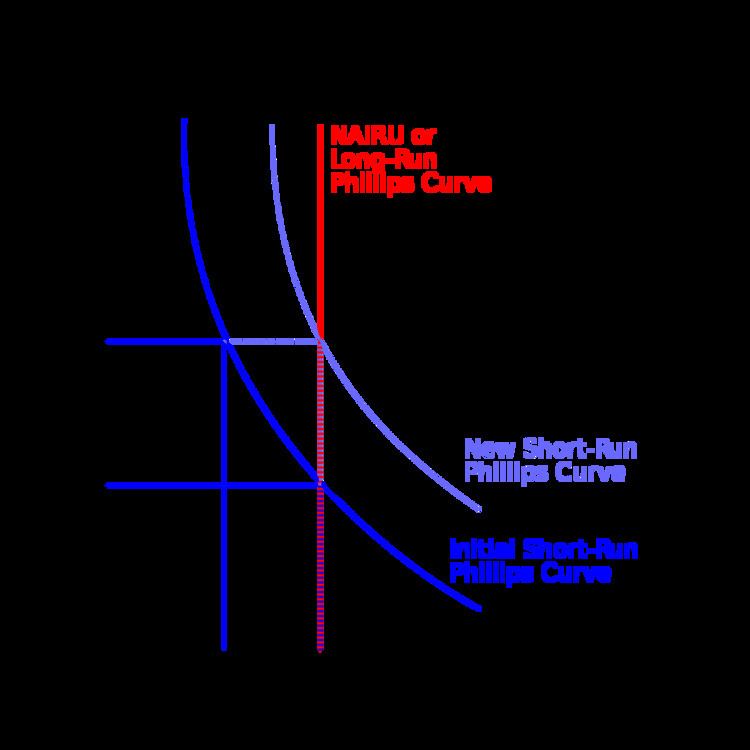 | ||
In economics, industrial organization or Industrial economy is a field that builds on the theory of the firm by examining the structure of (and, therefore, the boundaries between) firms and markets. Industrial organization adds real-world complications to the perfectly competitive model, complications such as transaction costs, limited information, and barriers to entry of new firms that may be associated with imperfect competition. It analyzes determinants of firm and market organization and behavior as between competition and monopoly, including from government actions.
Contents
There are different approaches to the subject. One approach is descriptive in providing an overview of industrial organization, such as measures of competition and the size-concentration of firms in an industry. A second approach uses microeconomic models to explain internal firm organization and market strategy, which includes internal research and development along with issues of internal reorganization and renewal. A third aspect is oriented to public policy as to economic regulation, antitrust law, and, more generally, the economic governance of law in defining property rights, enforcing contracts, and providing organizational infrastructure.
The subject has a theoretical side and a practical side. According to one textbook: "On one plane the field is abstract, a set of analytical concepts about competition and monopoly. On a second plane the topic is about real markets, teeming with the excitement and drama of struggles among real firms" (Shepherd, W.; 1985; 1).
The extensive use of game theory in industrial economics has led to the export of this tool to other branches of microeconomics, such as behavioral economics and corporate finance. Industrial organization has also had significant practical impacts on antitrust law and competition policy.
The development of industrial organization as a separate field owes much to Edward Chamberlin, Edward S. Mason, J. M. Clark, and particularly Joe S. Bain among others.
Assessments of the subject have differed over time. The preface to a related research volume in 1972 remarked on Whither industrial organization?: "That all is not well with this in this once flourishing field is readily apparent." A response came 15 years later: "[T]oday's verdict is that industrial organization is alive and well and the queen of applied microeconomics."
Subareas
The Journal of Economic Literature (JEL) classification codes are one way of representing the range of economics subjects and subareas. There, Industrial Organization, one of 20 primary categories, has 9 secondary categories, each with multiple tertiary categories. The secondary categories are listed below with corresponding available article-preview links of The New Palgrave Dictionary of Economics Online and footnotes to their respective JEL-tertiary categories and associated New-Palgrave links.
JEL: L1 – Market Structure, Firm Strategy, and Market PerformanceJEL: L2 – Firm Objectives, Organization, and BehaviorJEL: L3 – Non-profit organizations and Public enterpriseJEL: L4 – Antitrust Issues and PoliciesJEL: L5 – Regulation and Industrial policyJEL: L6 – Industry Studies: ManufacturingJEL: L7 – Industry Studies: Primary Products and ConstructionJEL: L8 – Industry Studies: ServicesJEL: L9 – Industry Studies: Transportation and UtilitiesMarket structures
The common market structures studied in this field are the following:
Areas of study
Industrial organization investigates the outcomes of these market structures in environments with
History of the field
A 2009 book Pioneers of Industrial Organization traces the development of the field from Adam Smith to recent times and includes dozens of short biographies of major figures in Europe and North America who contributed to the growth and development of the discipline.
Other reviews by publication year and earliest available cited works those in 1970/1937, 1972/1933, 1974, 1987/1937-1956 (3 cites), 1968-9 (7 cites). 2009/c. 1900, and 2010/1951.
